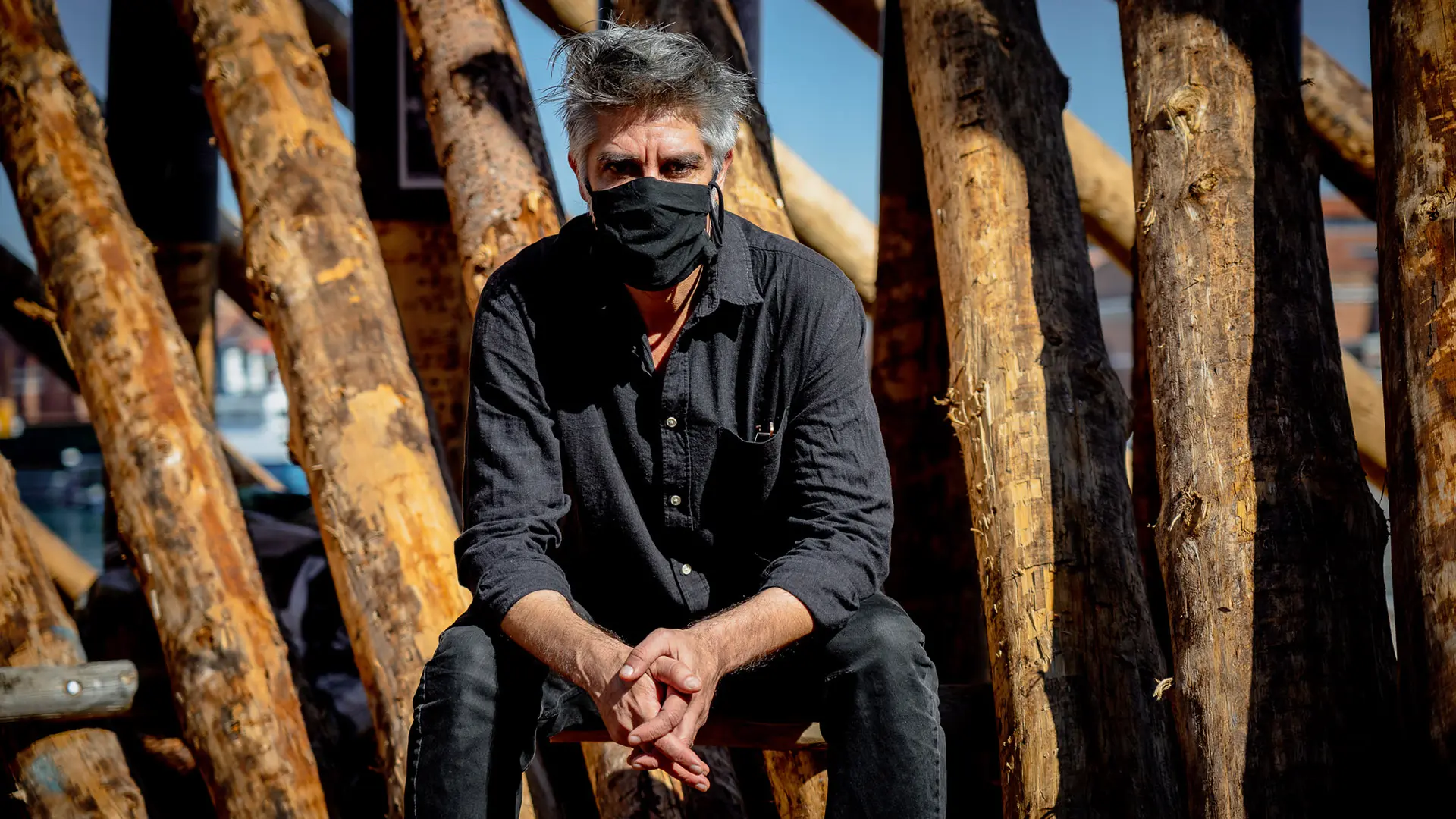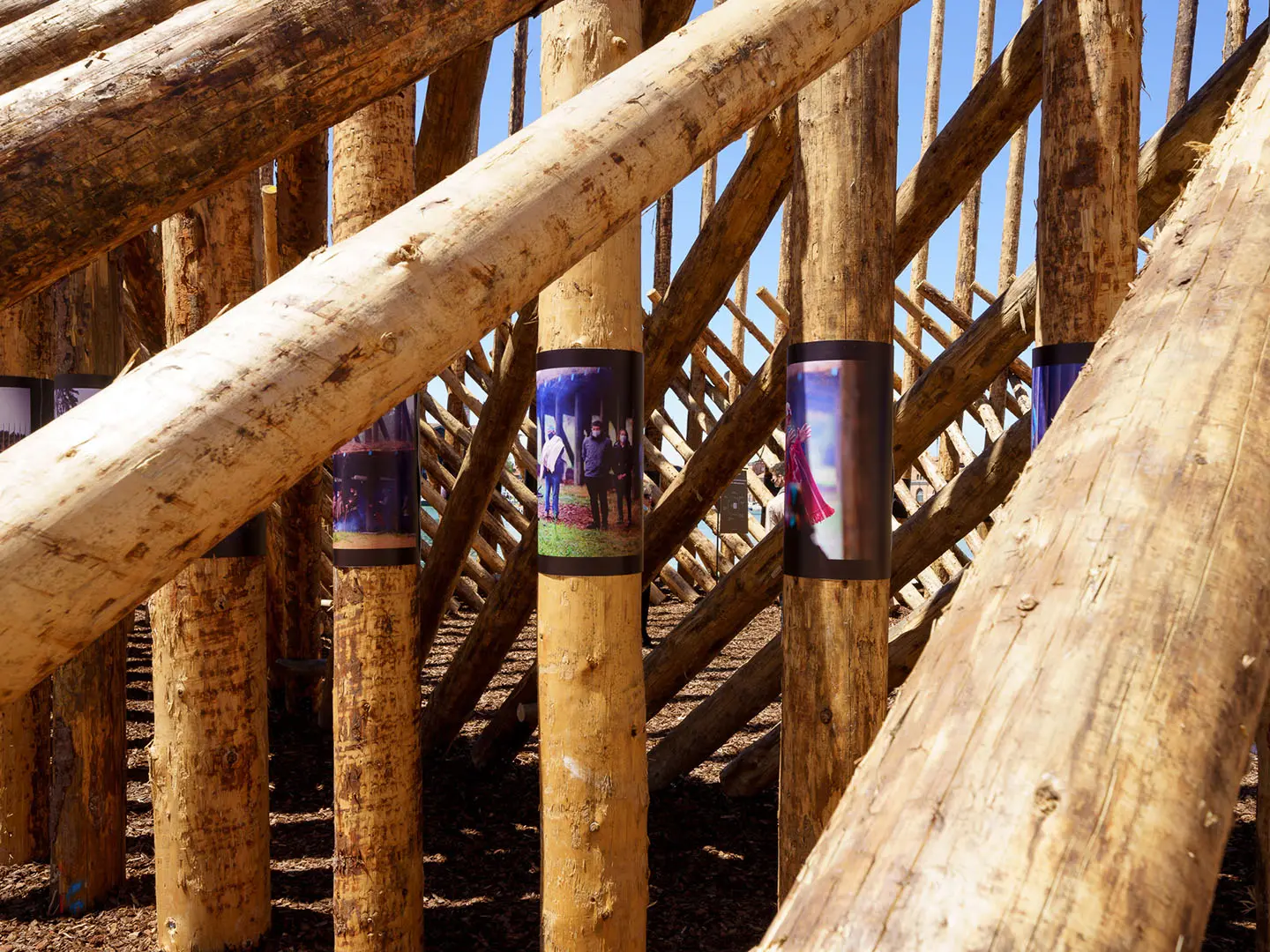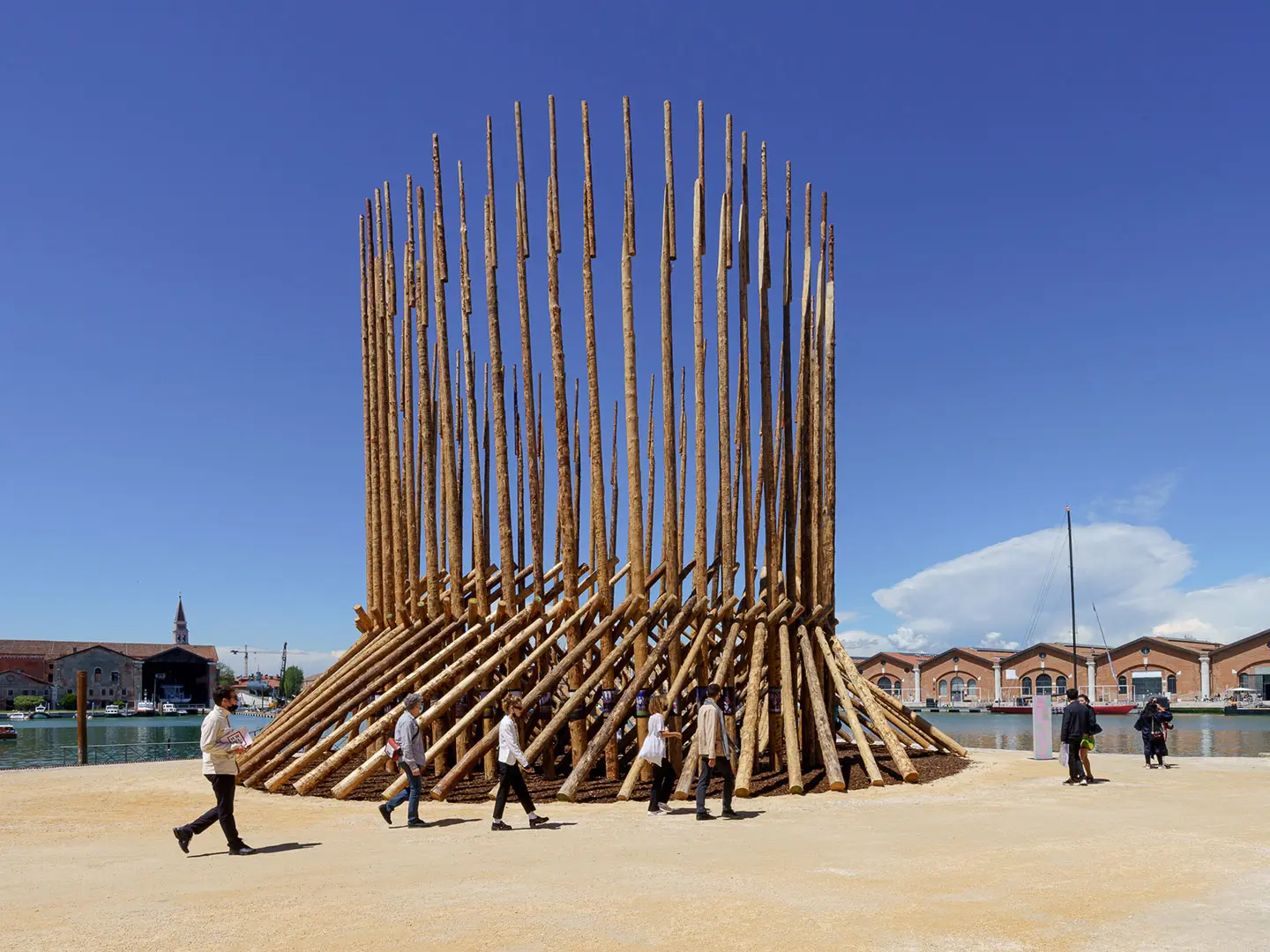From BIG to David Chipperfield, Frank Gehry to Snøhetta: a world tour of the best buildings set to open in 2026
Alejandro Aravena: “they” are “us”, a lesson from the pandemic

Alejandro Aravena. Ph. Credits Andrea Avezzù. Courtesy La Biennale di Venezia
The pandemic showed the Chilean architect that if there are people who don’t manage to follow simple medical advice, then we’ve all got problems. This should make us reflect on the value of the common good, and on keeping to the rules for living together. With knock-on effects on the use of spaces and urban planning.
Alejandro Aravena (Santiago, Chile, 1967), architect, Pritzker Prize-winner, Silver Lion in Venice, director of Elemental, has put the social dimension right at the heart of his work. At the “supersalone” Open Talks, at which he delivered a lectio magistralis, he reflected on collective living, which chimes with the theme of the Venice Architecture Biennale, which runs until 21st November: “How will we live together?” Aravena, with the Elemental team, took part in the event, bringing his own personal of question (and answer). How will we - Chileans and Mapuche - live together? By building places where people can get to know each other (Künü). By building places where people can talk (Koyaü-we). The result is a project that explores an alternative to the ongoing violent clashes between the two groups: an open space for dialogue. An avenue that is just one of the architectural possibilities.

Elemental, Ph. Credits Andrea Avezzù. Courtesy La Biennale di Venezia
It will certainly change, but that’s not the point. Because that only applies to countries with planning in place, i.e. a minority. The real challenge is to understand the forces that govern the spontaneity of the built environment. The pandemic has been a harsh test for simple things: staying at home and washing our hands, for example, is taken for granted in the developed world, but not by most of the inhabitants of our planet. Everyone says this won’t be the last pandemic: let’s try and make sure that when the next one comes, simple advice such as “stay at home” or “wash your hands” will reach people who will have access to drinking water and a home. Besides, living through the pandemic, we’ve realised that as a society we no longer do things “for them.” “Them” has been replaced by “us.” If there are people who cannot manage to follow simple health advice, then we all have a problem, not just “them.” Equally poverty is something “they” suffer, but its consequences, with desperate people who can’t earn a living, create a problem for all of us.
Rather than planning, which means that you want something and contrive to make others follow you, it’s a question of understanding the forces at play and channelling them rather than controlling them, replacing them, or suppressing them. We can harness these forces as part of the solution, not of the problem. The challenges we are facing are just too great. We need to understand our own positions as part of a whole rather than waiting to acquire followers or buyers. Planning is a weak force.
People want access to opportunities, for example. That’s what brings them to the cities. But their individual actions, despite their best intentions, cannot guarantee the common good. Planning, government action, is looking after the common good, because it can’t be guaranteed spontaneously. In terms of numbers, in Manhattan, the ratio between public and public spaces is 1 to 1. Someone decided that the streets, the pavements, the parks, the squares couldn’t be reserved for the use of private people but were earmarked for public use. In the case of informal settlements, this number drops to 1 in 10. This means that if you have an access alley to your house you’re lucky. In this case, the common good has not been guaranteed. This is why we need communal living regulations. Another approach is to focus the resources on those who, as a family or an individual, can’t make it on their own. It’s a definition of a public policy: doing what people cannot do for themselves. If a space can be created that will enable people to access the system, they will be part of the solution rather than part of the problem. This was one of the key conclusions of the Habitat 3 conference in Quito (Ecuador), which adopted a new urban agenda for the following 20 years (it was held in 2016, Ed.). The documents refer to it as “porous urban planning:” an open, dynamic system, that guarantees space for all, guarantees diversity.

Elemental, Ph. Credits Andrea Avezzù. Courtesy La Biennale di Venezia
The pandemic, the climate crisis, and political and social destruction. The debate between the individual and the community is what all three have in common. The freedom for the former to follow their own dreams, to carve out their own destiny, to understand the reason they’re here, is now a threat. Whether you have the right to do whatever you like has become unclear. You have to weigh it up against the common good and then perhaps in the end you’re not quite so free after all. And that’s not so bad. Rather than focusing on your own future, you wonder what your role is in all this, how you can make a contribution. Self-regulation is crucial when it comes to this. Awareness that we are all in it together becomes evident. Just as soon as you identify the threat to the common good, to the community, and understand your place within the whole, you will attain a sort of equilibrium. The two things go together: your destiny and that of the rest of the team.

Elemental, Ph. Credits Andrea Avezzù. Courtesy La Biennale di Venezia
I’d call it possibility rather than responsibility. In the sense that at the heart of design and architecture there’s an extremely effective tool: the power of synthesis. Complex demands need synthesis. There are many sides to complex questions: the built environment, for instance, brings with it functional, very pragmatic measures, requirements, budgets, deadlines, legal frameworks that have to be respected. They are necessary but insufficient conditions, because there’s also the intangible side of the human condition: desires, fears, symbolic aspects. There cannot be one without the other – they both exist at the same time. This complicated variety of forces at play is what informs the form of spaces. Because this is what we do: we give shape to places where people live. No more, no less. The pavements, the streets, the buildings, the parks: they all need a form. Then, according to the form that you manage to lay down, you can improve people’s quality of life. You have to work out what’s important, crucial, the priorities. Then you have to throw yourself into the proposal, into the project, even if there are a few risks.
At the heart of our practice, there’s the ability to organise information into a non-linear proposal. Where the challenges are greater, when the demands are more difficult, we have to get used to the fact that we can’t control all the variables, but we can come up with the relative benefits and minimise the negative impacts. That’s our role. I prefer that to the word ‘responsibility.’


 Exhibitions
Exhibitions








